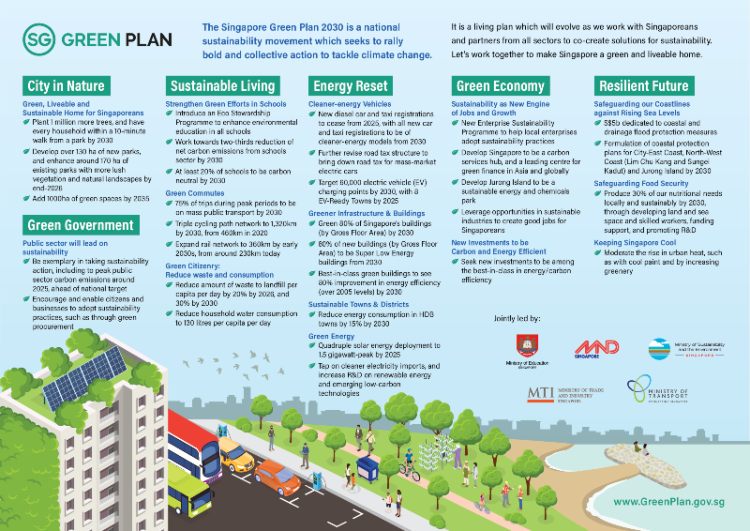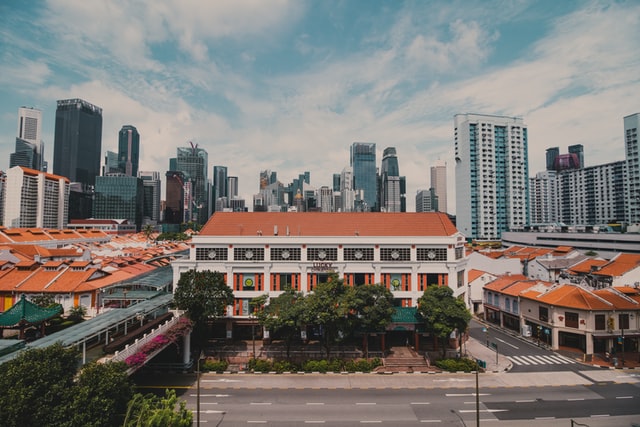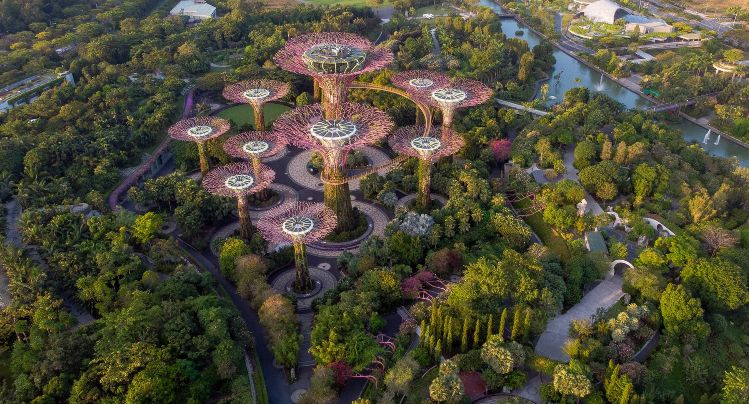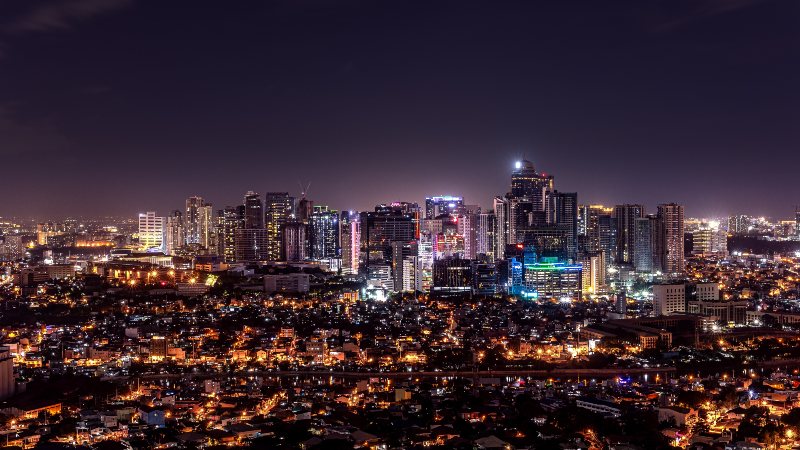The need for green energy sources has only been made even clearer by the COVID-19 pandemic. For instance, the Global Carbon Project has reported that while worldwide emissions fell more than 6% in 2020—the lowest rate since 2006—emission levels have once again reverted to their high pre-pandemic numbers, as more nations are loosening restrictions and returning to “normal” life.
This pressing need is especially clear in the Southeast Asian region: while its cities are rapidly urbanizing, the vast amount of available natural resources make the shift to green energy a welcome one. Countries like Vietnam and the Philippines are exploring further advancements in renewable energy through wind, water, and light, but it is Singapore that is leading the region with its many investments in a greener future.
Singapore Green Plan 2030
Already Singapore has invested in a “cleaner” energy mix, as The Straits Times has previously reported that the country currently uses 95% natural gas, the cleanest form of fossil fuel. However, the country is taking its sustainability measures a step further with the Singapore Green Plan 2030.
Launched last February 2021, the plan is a national movement aimed at taking collective action to fight climate change through the pillars of City in Nature, Energy Reset, Sustainable Living, Green Economy, and Resilient Future. 
- Using solar panels to power new Housing & Development Board (HDB) developments
- Partnering with other ASEAN nations for electricity imports
- Reducing carbon emissions by adopting technology like combined-cycle gas turbines for power plants
Increasing energy efficiency will help lower the country’s overall carbon footprint, and the government is aiming to make technology like smart LED lights and solar energy more accessible.
Investments in Solar Energy
The Green Plan is just one of the country’s many initiatives to help make the switch to green energy. In the field of solar power, the country has also made great strides: in August 2020, construction began on a floating solar power plant in the Tengeh Reservoir, projected to be one of the world’s largest, covering a massive 45 hectares.
The floating solar voltaic farm is expected to finish construction in the second half of 2021, according to a report by The Straits Times, and can generate carbon savings equivalent to removing 7,000 cars from the roads. The plant’s large-scale capacity of 60 megawatts has the power to generate energy for around 16,000 HBD flats for a year.
The country clearly sees these plants as the key to its green energy goals. Singapore’s Public Utilities Board has also enrolled 13 new solar energy sites, including two smaller floating plants in Bedok and Lower Seletar, to help fulfill its 2030 goal of solar power for 350,000 households. 
Opportunities to Build a Greener Future
In an article on CNBC, Singapore’s Finance Minister discussed the city-state’s plans to invest in building a new green economy as it works towards becoming a hub in green finance for the ASEAN region. The government has made large strides in pushing for more environmentally sustainable projects, allocating USD 1.8 billion of its funds towards green investments, including reviewing proposals for accessible renewable and sustainable energy.
With Singapore’s push towards more inclusive, more accessible, and larger-scale green energy, potential investors have the unique opportunity to invest in a cleaner future that will set the tone for sustainability not just in Singapore, but for the whole of the Southeast Asian region.
For more insights into the businesses, cultures, and future of Southeast Asia, subscribe to our newsletter here.






